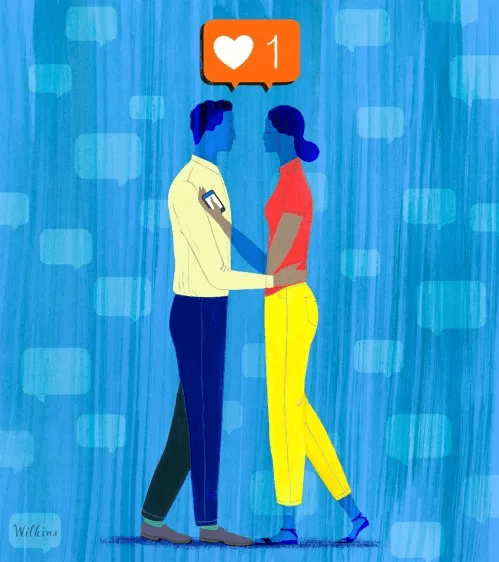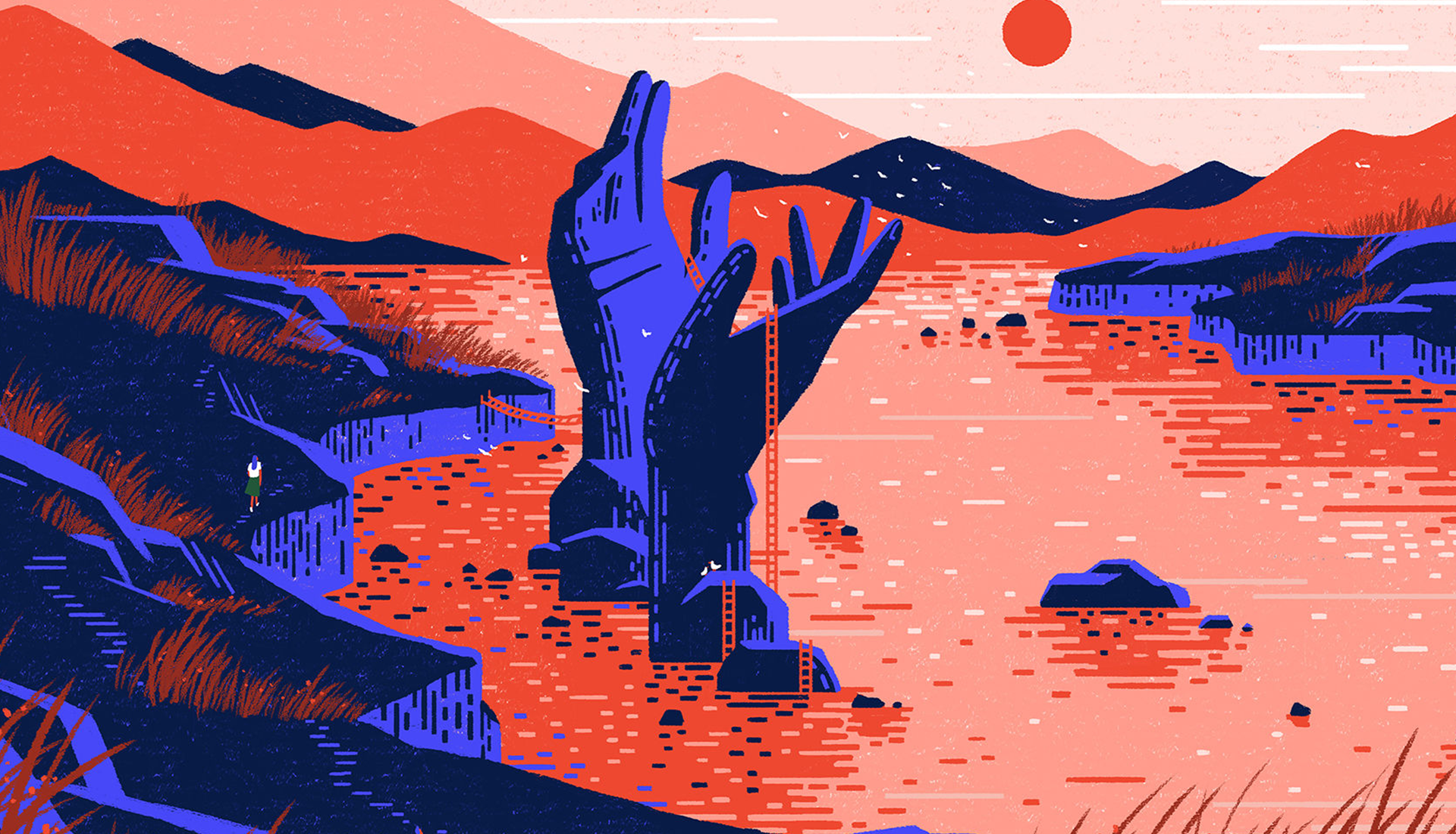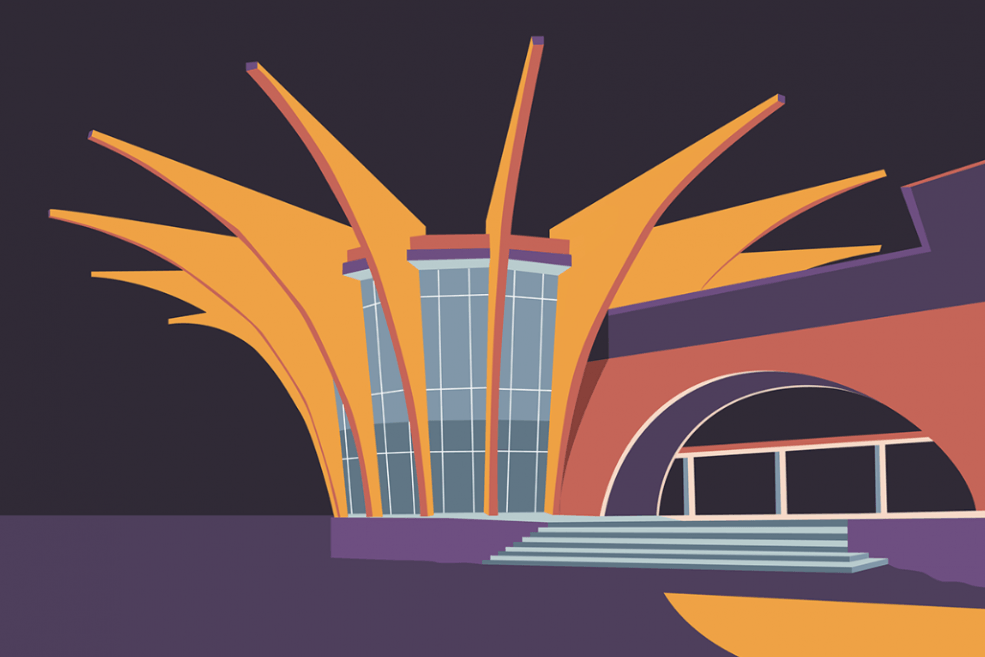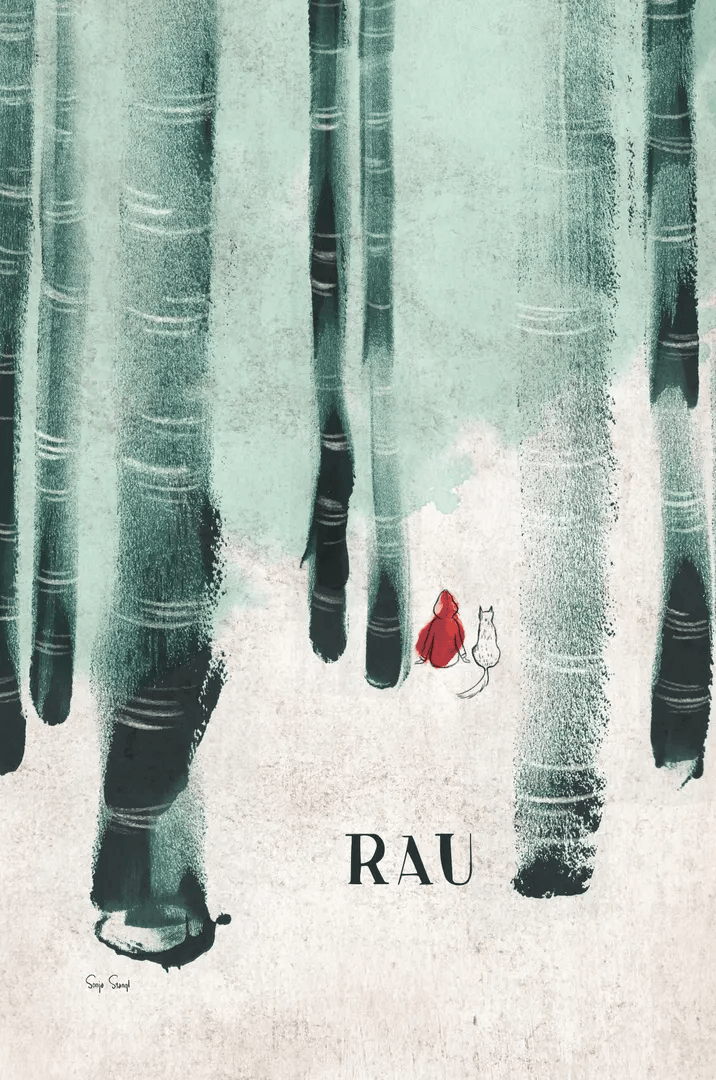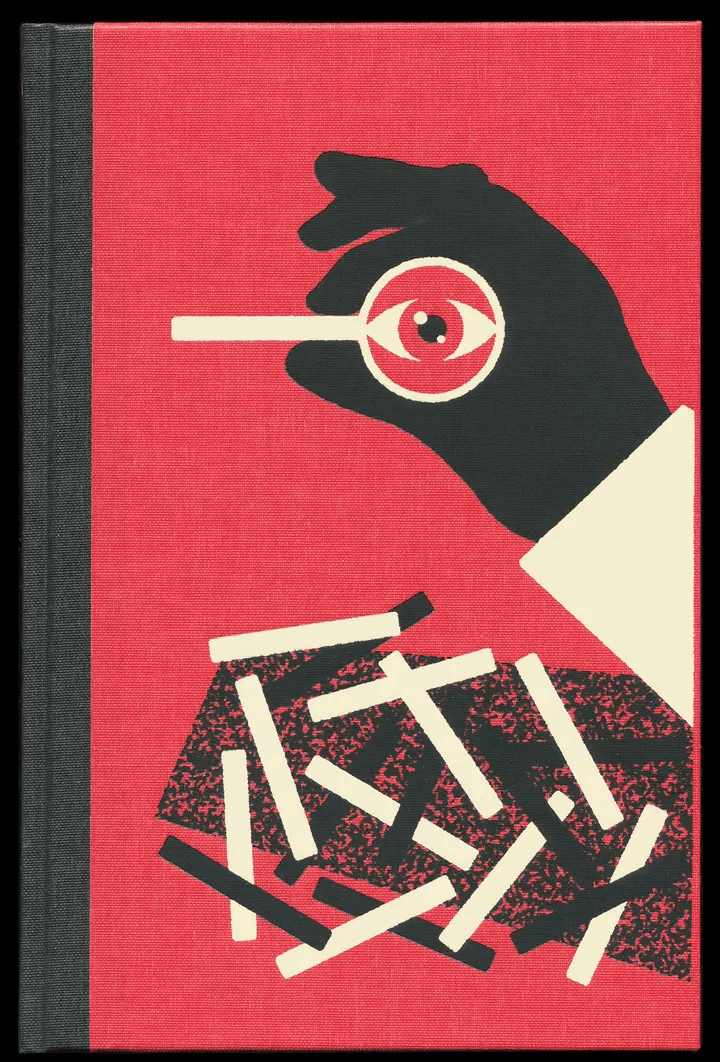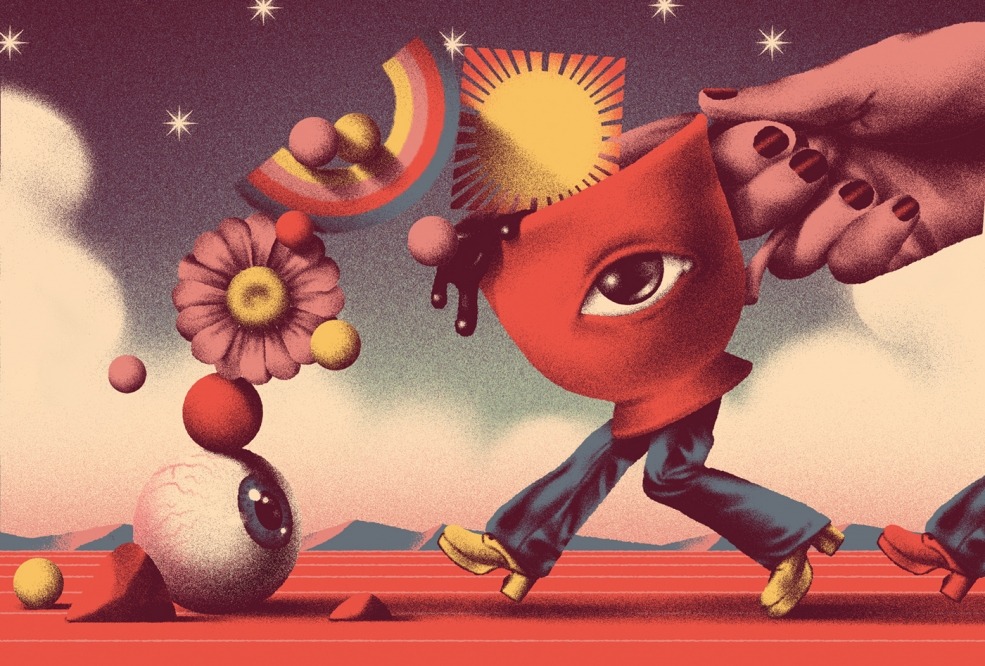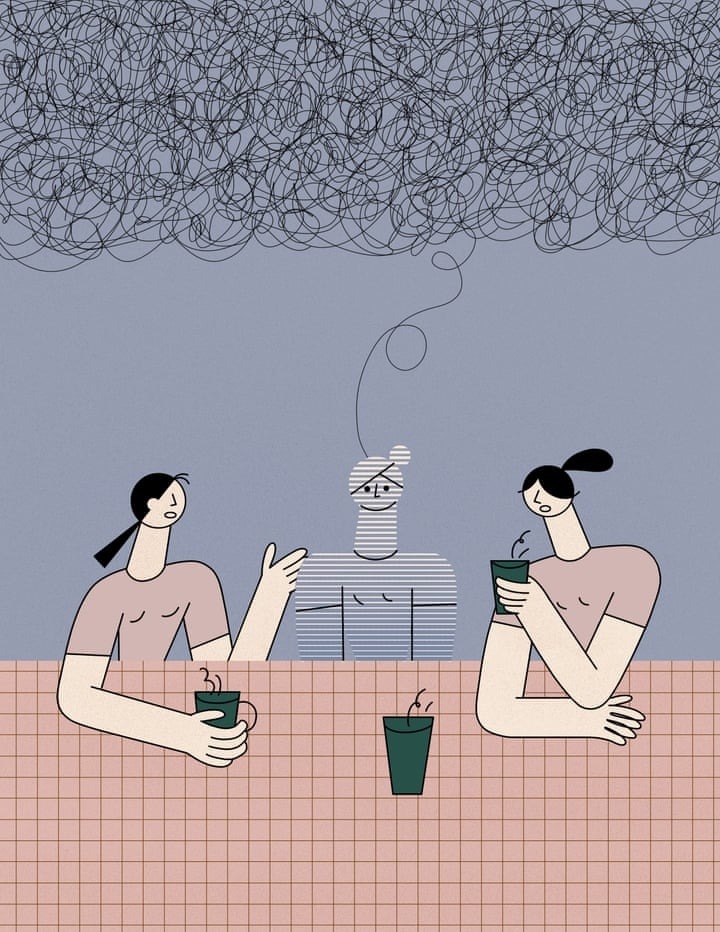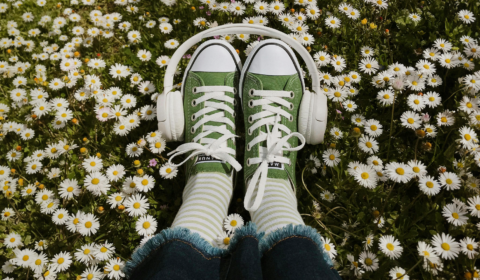The World Illustration Awards provide a perfect platform for some of the very best talent in illustration. Get inspired with the top entries from this year’s competition.
Have you picked up the pen and pad recently? Illustration is one of the most accessible forms of expression out there, transcending language and providing a universal medium of communication.
From lost Soviet technology to gender equality, the best entries showcase the power of illustration – and why we all should dabble in drawing.
Have a gander at these impressive picks below, all of which were designed for books, magazines, and advertising. We’ve included links to each artist’s website if you’re eager to see more and you can check out the official World Illustration Awards website here.
Sarah Wilkins – Just Be Here; Profession children’s books category
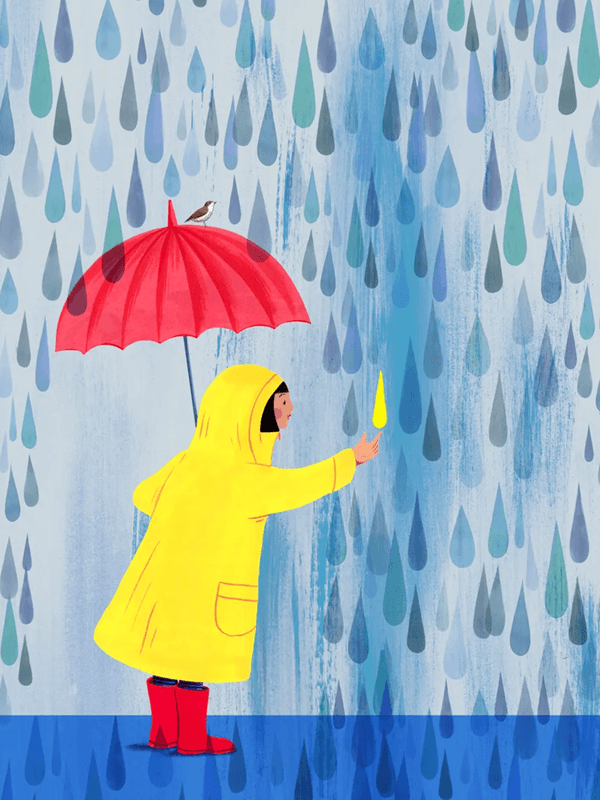

This piece has central themes of mindfulness and childlike play, with a focus on portraying the magnificence of everyday, seemingly uninteresting occurrences. Created by Sarah Wilkins for the book titled ‘Mindfulness for Children’, the bright yellow and reds of the girl’s attire contrasts heavily with the gentle blues of the backdrop and the rain.
When asked about her intentions, Wilkins commented that she ‘chose to illustrate the pleasure of walking in the rain’, which is reinforced by the single yellow raindrop that stands out amongst the rest.
Wilkins often creates abstract pieces that feature side profiles of human beings interlaced with objects and geometry. She’s even dabbled in social media commentary – this work titled ‘Finding Love on Instagram’ being the most prominent example. This one works in its simplicity and makes for a fantastic image.
